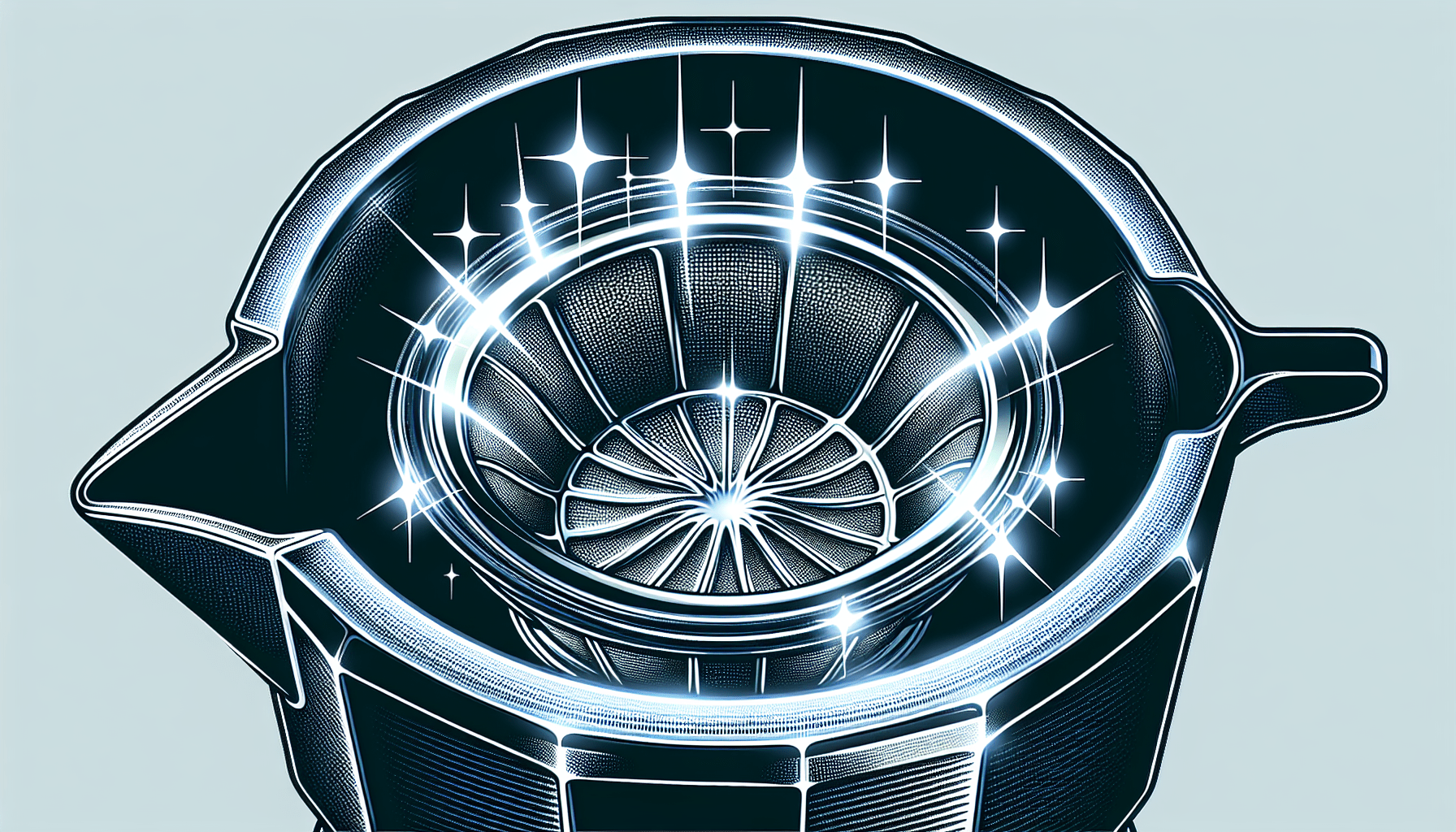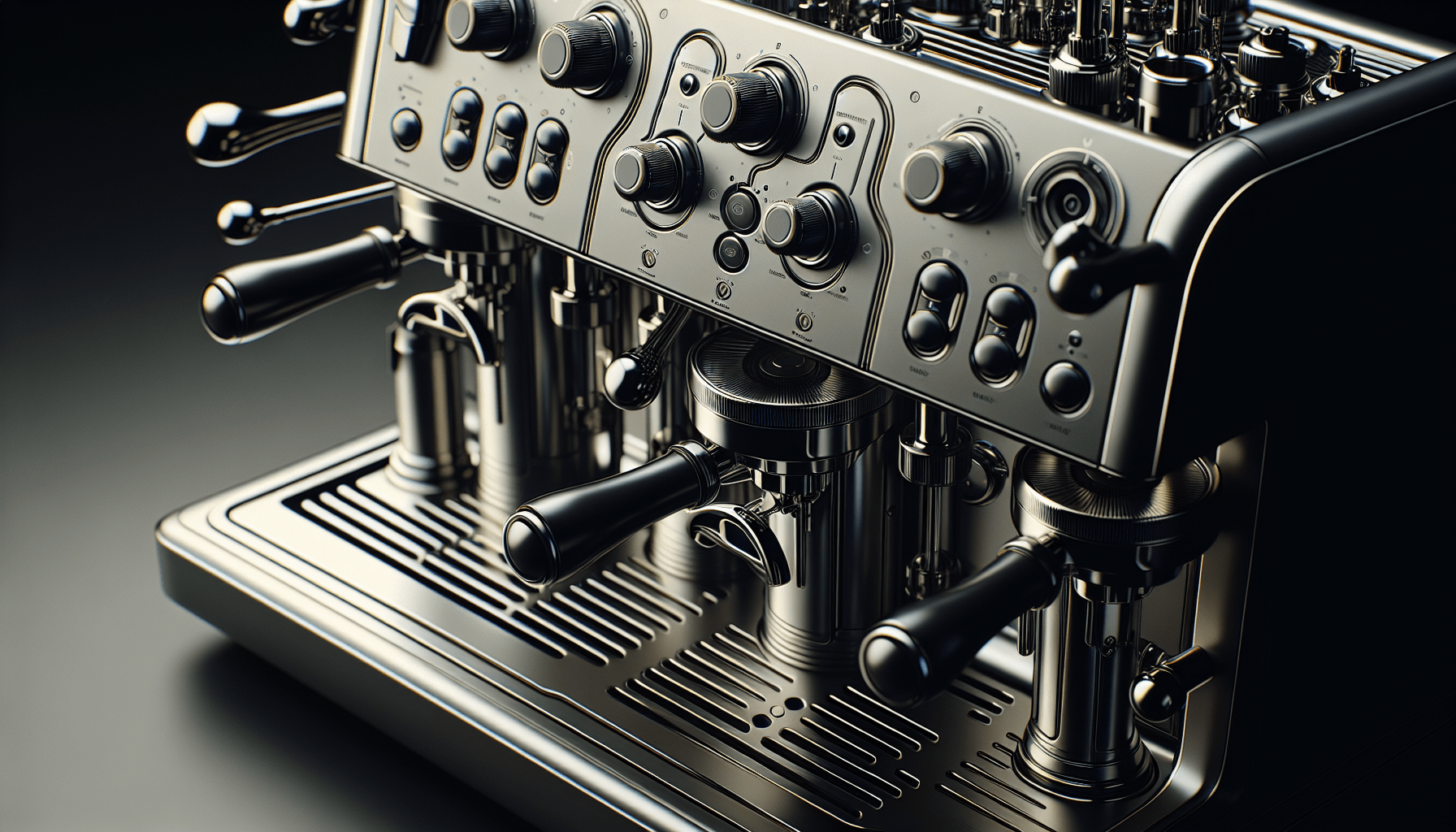So you’ve finally purchased a stovetop espresso maker, and now you’re wondering how to keep it in top shape? Maintaining a clean stovetop espresso maker is crucial not only for ensuring a delicious cup of coffee every time but also for prolonging its lifespan. In this article, we’ll provide you with some simple yet effective tips on how to clean and maintain your beloved stovetop espresso maker. Say goodbye to those coffee stains and hello to a pristine and efficient machine!
Cleaning the Stovetop Espresso Maker
Cleaning your stovetop espresso maker is an essential part of ensuring that you continue to enjoy rich, flavorful espresso. With regular maintenance, you can keep your espresso maker functioning optimally and extend its lifespan. Here’s a step-by-step guide on how to clean your stovetop espresso maker effectively.
Remove the Coffee Filter
The first step in cleaning your stovetop espresso maker is to remove the coffee filter. This is usually located in the middle section of the espresso maker. Gently unscrew the upper chamber, and you’ll find the coffee filter attached to it. Carefully remove the coffee filter and set it aside for cleaning.
Disassemble the Parts
Once the coffee filter is removed, it’s time to disassemble the various parts of the stovetop espresso maker. Start by unscrewing the lower chamber from the base, followed by removing the gasket and seal. By disassembling these parts, you’ll have better access for thorough cleaning.
Clean the Coffee Filter
One of the most crucial components to clean is the coffee filter. It’s responsible for extracting the rich flavors from the coffee grounds. Rinse the coffee filter under warm tap water to remove any loose coffee grounds. For a more thorough clean, use a soft-bristle brush to scrub away any stubborn residue. Ensure that you scrub both the inside and outside of the filter. Once clean, rinse it again to remove any remaining debris.
Clean the Water Tank
Next, it’s time to clean the water tank. Fill the tank with warm soapy water, making sure not to exceed the maximum capacity. Let it soak for a few minutes to loosen any residue or mineral deposits. Afterward, scrub the interior of the water tank with a sponge or brush to remove any buildup. Rinse thoroughly to ensure all the soap is removed.
Clean the Gasket and Seal
The gasket and seal are essential for creating a tight seal and preventing any leaks. To clean them, remove them from the lower chamber. Gently scrub them using a brush or sponge with warm soapy water. When scrubbing, pay close attention to the edges and crevices where residue may accumulate. Rinse the gasket and seal thoroughly before reassembling the espresso maker.
Optional Cleaning Methods
While the above steps cover the essential cleaning process, you may want to consider optional cleaning methods for a deeper cleanse. These methods can help remove stubborn stains and mineral deposits that regular cleaning may not eliminate.
Vinegar Cleaning Method
Vinegar is a natural cleaning agent that can effectively dissolve mineral deposits and remove stubborn stains. To use this method, mix equal parts vinegar and water in a bowl or container. Submerge the disassembled parts of the espresso maker in the vinegar solution and let them soak for about 30 minutes. After the soak, scrub the parts with a brush or sponge to remove any remaining residue. Rinse thoroughly to remove any vinegar smell before reassembling the espresso maker.
Citric Acid Cleaning Method
Citric acid is another excellent option for deep cleaning your stovetop espresso maker. Mix two tablespoons of citric acid with one liter of warm water. Place the disassembled parts in the citric acid solution and let them soak for at least 30 minutes. After soaking, scrub the parts with a brush or sponge to remove any stains or mineral deposits. Rinse thoroughly to ensure all the citric acid is removed.
Maintaining the Stovetop Espresso Maker
Regularly cleaning your stovetop espresso maker goes hand in hand with proper maintenance. By following these maintenance tips, you can keep your espresso maker in excellent condition for years to come.
Regularly Check the Gasket
The gasket plays a crucial role in creating a tight seal and preventing any leaks while brewing espresso. Regularly check the gasket for any signs of wear or damage. If you notice cracks or deterioration, it’s time to replace the gasket. This simple step can ensure the longevity and performance of your espresso maker.
Descale the Espresso Maker
Over time, mineral deposits can build up inside the espresso maker, affecting the taste and performance. Descaling is the process of removing these deposits. To descale your stovetop espresso maker, mix equal parts water and white vinegar. Fill the lower chamber of the espresso maker with the solution and place it on the stove. Allow the solution to come to a boil, then remove it from the heat and let it sit for about 15 minutes. Empty the solution and rinse the espresso maker thoroughly. Descaling should be done regularly, depending on the hardness of your water, to maintain optimal performance.
Clean the Exterior
While cleaning the internal components is crucial, don’t forget to pay attention to the exterior of your stovetop espresso maker. Wipe the exterior with a damp cloth regularly to remove any dirt or residue. Avoid using abrasive cleaners or scrubbing too hard, as this may damage the finish of your espresso maker.
Store the Espresso Maker Properly
When not in use, it’s important to store your stovetop espresso maker properly. Ensure that all the parts are clean and dry before storing them. Store the espresso maker in a cool, dry place away from direct sunlight. It’s also recommended to avoid stacking heavy objects on top of it to prevent any damage.
By following these cleaning and maintenance tips, you can keep your stovetop espresso maker in excellent condition and enjoy delicious espresso for years to come. Remember to clean the coffee filter, disassemble the parts, clean the water tank, and gasket regularly. Additionally, consider utilizing optional cleaning methods such as vinegar or citric acid solutions for a deeper cleanse. Regularly check the gasket, descale the espresso maker, clean the exterior, and store it properly to ensure optimal performance and longevity. Cheers to enjoying a fresh cup of espresso!




